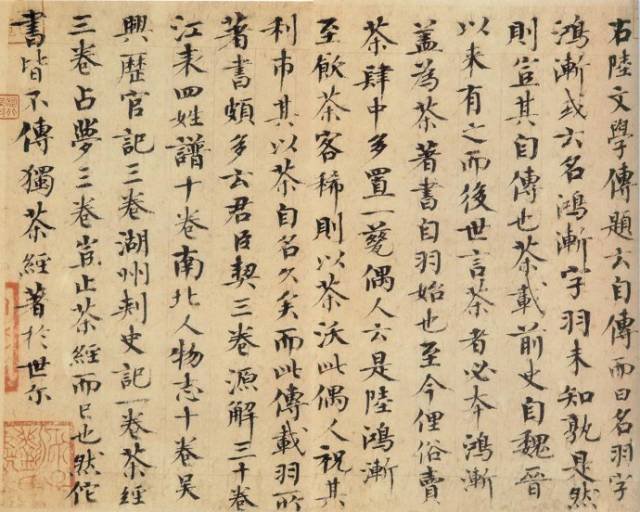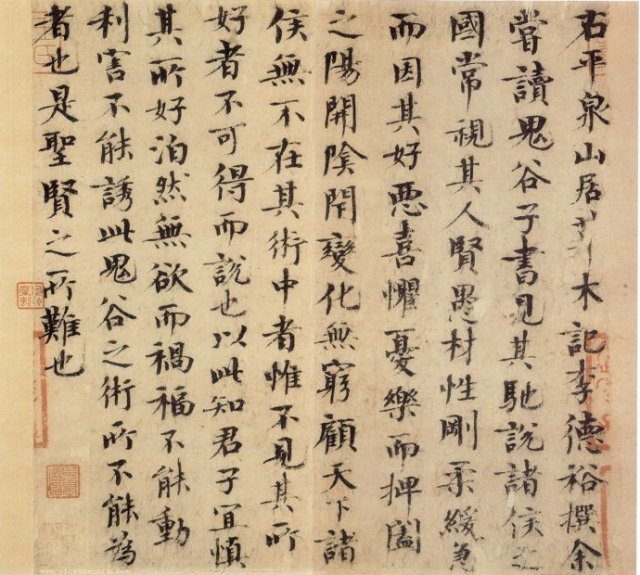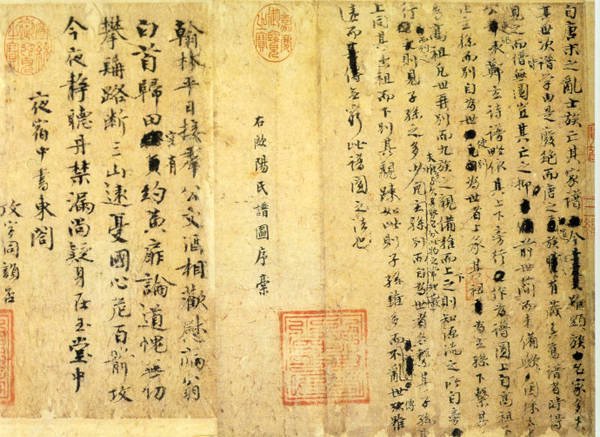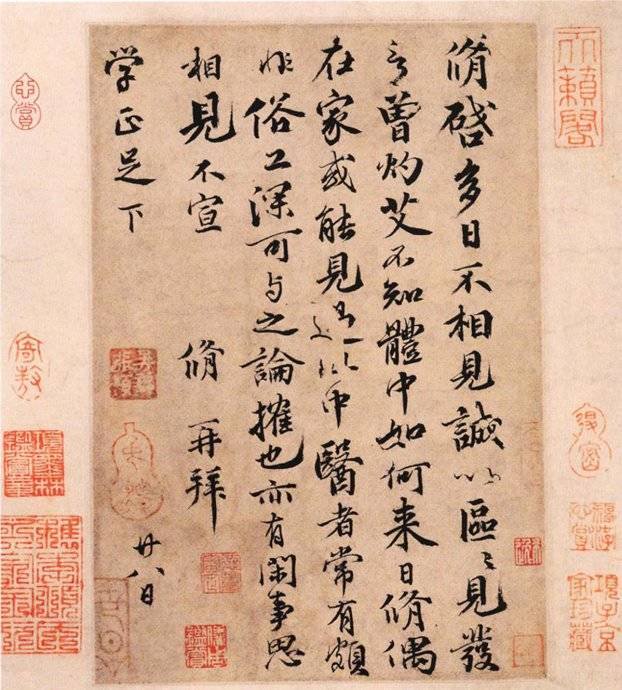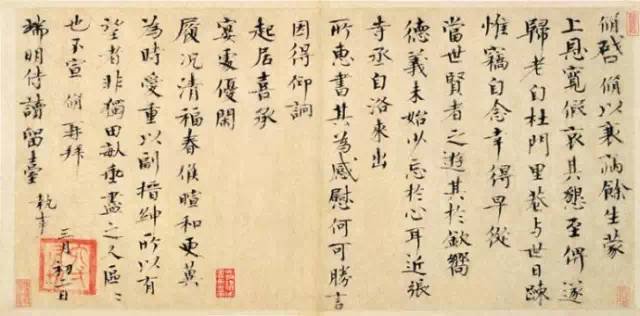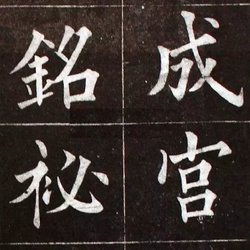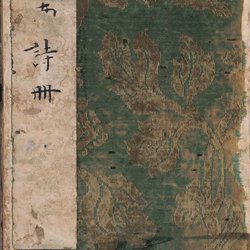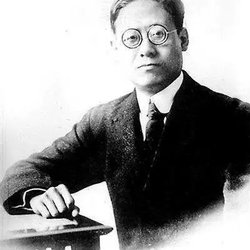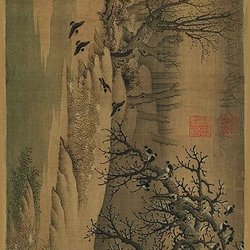Ouyang Xiu (1007-1073), also known as Yongshu, also known as Zuiweng and Liuyi layman. Han nationality, a native of Yongfeng, Ji'an (now part of Jiangxi Province), who calls himself Luling (a native of Shaxi, now Yongfeng County). Posthumously named Wenzhong, known as Ouyang Wenzhonggong in the world, he was an outstanding writer and historian in the Northern Song Dynasty. Ouyang Xiu, Han Yu, Liu Zongyuan, Song Wang Anshi, Su Xun, Su Shi, Su Che and Zeng Gong are collectively known as the "Eight Great Masters of Tang and Song Dynasties". Today, let’s take a look at the calligraphy level of “One Generation Wen Zong”?
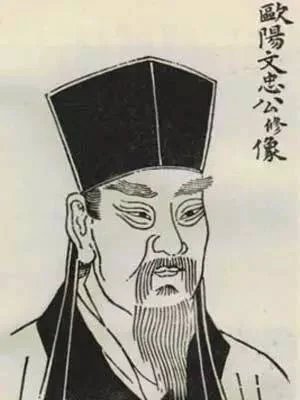
Above picture/Ouyang Xiu's postscript "Collection of Ancient Records""Collection of Ancient Records and Postscript" is 27.2 cm long and 171.2 cm wide. There are 58 lines, each line has a different number of words, totaling 792 words. Collection of the National Palace Museum, Taipei. This is a pioneer work of Chinese epigraphy. Only four pages of the original manuscript remain. The writing style of this scroll is strong and bold, and the font is new and beautiful. The square and wide zigzag characters are made with a pointed pen and dry ink. It is full of energy and moisturizing.
Ouyang Xiu advocated innovation in both politics and literature. He was not only a supporter of Fan Zhongyan's Qingli New Deal, but also the leader of the poetry innovation movement in the Northern Song Dynasty. He was also pleased to reward the younger ones, and Su Shi's brothers, Zeng Gong and Wang Anshi all came out of his sect. His creative achievements are also impressive, and his poems, lyrics, and prose are all top-notch at the moment. The prose is fluent in reasoning and euphemistic in lyricism; the poetic style is similar to that of prose, emphasizing momentum but being smooth and natural; its words are deep, graceful and elegant, inheriting the style of the Southern Tang Dynasty.
Pictured above/Ouyang Xiuxing's "Self-written Poetry Manuscript Volume"Pictured above/Ouyang Xiu's "Burning Wormwood Tie"
Pictured above/Ouyang Xiu's "To the Duanming Attendant and the Deacon Staying in Taiwan" Sketches


This ruler slip, also known as "Shangfa Tie", is a letter written by Ouyang Xiu to Sima Guang in his later years. In this work, in addition to what Mr. Dongpo pointed out: "the character structure is wide and flat, the strokes show sharpness, and there are many strokes", you can also see the characteristics of the strokes such as horizontal thinness, straight thickness, and long strokes. The entire work is carefully written and meticulous in stipples, which fully reflects his character of attaching importance to laws and regulations, and is the greatest feature of his calligraphy.Ouyang Xiu is good at writing regular script. Su Dongpo once commented pertinently on the characteristics of his calligraphy: "Using a sharp pen and dry ink to write square and wide characters, his hair is full of vitality and moisturizing. When later generations look at it, they will see his clear eyes and plump cheeks, and he will become more and more elegant." This passage not only clearly points out Ouyang Xiu's calligraphy features, but also praises his appearance and demeanor. It is really the so-called "the calligraphy is like the person".

